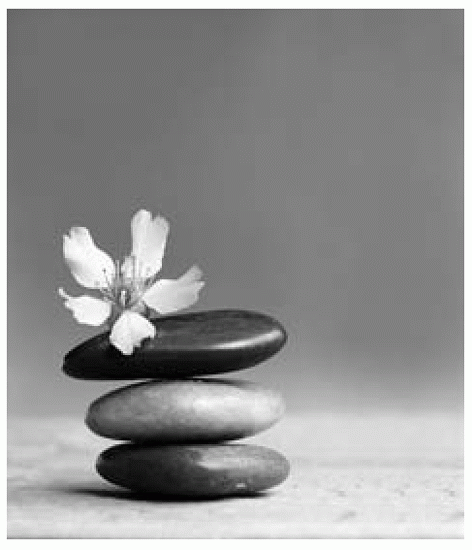|
Describe the historical path of aromatherapy, from ancient times to the present renaissance.
Describe the relevance of learned memory in the choice of essential oil.
Compare the different methods of using essential oils.
Discuss the safety issues of using essential oils.
Describe the use of aromatherapy for insomnia.
Describe the use of aromatherapy for chronic pain.
Describe the use of aromatherapy for infection.
List three uses for essential oil of Lavandula angustifolia.
List three uses for essential oil of Eucalyptus globulus.
List three uses for essential oil of Mentha piperita.
List three uses for essential oil of Melaleuca alternifolia.
List three uses for essential oil of Boswellia carteri.
Integrate aromatherapy into your daily life to enhance your well-being.
Experience each of the five essential oils mentioned previously, both inhaled and topically.
which lavender is in the bottle. One lavender is soothing, calming, and exceptional for burns, but another lavender is a stimulant and expectorant (helps someone to cough up mucus). This second lavender will not promote sleep or soothe burns.
TABLE 25-1 Essential Oils Mentioned in This Chapter | ||||||||||||||||||||||||||||||||||||||||||||||||||
|---|---|---|---|---|---|---|---|---|---|---|---|---|---|---|---|---|---|---|---|---|---|---|---|---|---|---|---|---|---|---|---|---|---|---|---|---|---|---|---|---|---|---|---|---|---|---|---|---|---|---|
|
hand and foot ‘M’ Technique training programs, please see www.rjbuckle.com.)
Inhalation: 1-5 drops undiluted
Topical
In baths: 1-8 drops
Compresses: 1-8%
‘M’ Technique or massage: 1-10%
Wounds: 12-40% (depending on chemistry of essential oil)
Burns, bites, and stings (first aid): 100%
Radiation burns: 3-10%
Vaginal: Useful for yeast infection or cystitis. Use 1-5% diluted on tampon.
Ingestion: This is not accepted as part of holistic nursing care.
of nursing—putting the patient in the best condition for Nature to act—and thus aromatherapy clearly fits here because it allows the patient to relax sufficiently for the healing process to occur from within.13 Nightingale also suggested creating an environmental space conducive to healing—aromatherapy fits very well here as well, because essential oils create a safe environment at many levels. Erickson’s work led to the Modeling Theory,14 which requires building trust, promoting positive orientation, promoting strength, and setting mutual health-directed goals—these requirements also fit exceptionally well with aromatherapy. Rogers’s theory suggests that human beings are more than just physical entities and have specific energy fields. Aromas clearly affect both the psyche and the human energy field.
a busy day, or a drop of ylang ylang can help soothe nerves. It is simple to choose an essential oil that is pleasing as well as efficacious.
|
TABLE 25-2 Essential Oils Distributors Used by the Author | |||||||||||||||||||||||||||
|---|---|---|---|---|---|---|---|---|---|---|---|---|---|---|---|---|---|---|---|---|---|---|---|---|---|---|---|
|
Avoid strong aromas such as peppermint and eucalyptus with patients receiving homeopathy.
People who are allergic to ragweed may be allergic to chamomile.
The effect of tranquilizers, anticonvulsants, and antihistamines may be slightly enhanced by sedative essential oils.
(2%)—normally full-strength essential oil is used— and hardly surprising that pain scores were not affected. However, subjects did report a higher satisfaction pain control rate in the lavender group. Perhaps it might have been simpler to have evaluated the difference in “comfort.” This was the outcome measure in a study by Nord looking at promoting comfort in pediatric perianesthesia.23 She used lavender and ginger on 91 patients: the control group received a nonactive vegetable oil with a slight aroma (jojoba). The mean distress was lower for the experimental group.
Stay updated, free articles. Join our Telegram channel

Full access? Get Clinical Tree



